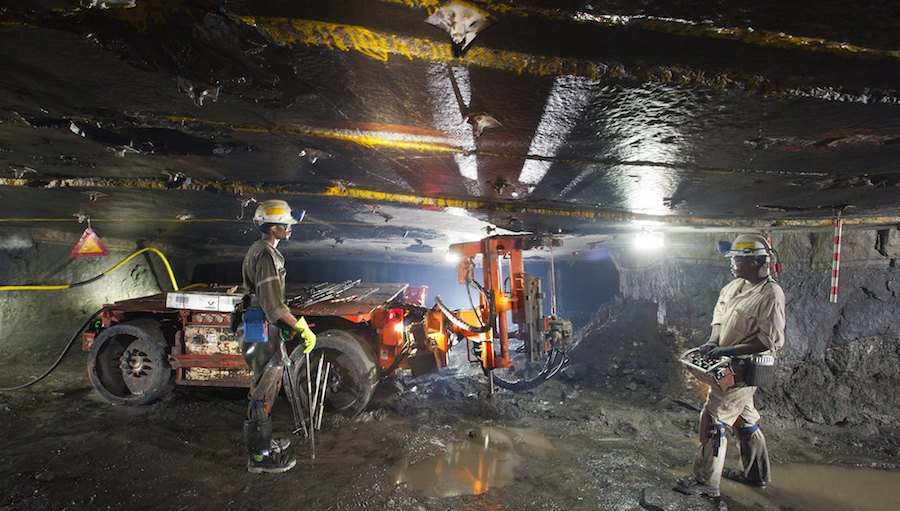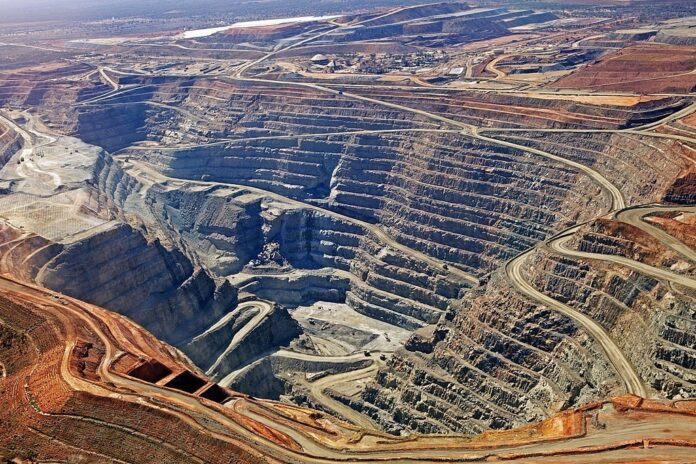Companies that Allan Gray has invested in include world number-two producer Impala Platinum Holdings Ltd. and Royal Bafokeng Platinum Ltd., the best-performing stock in the sector this year in Johannesburg, analyst Rory Kutisker-Jacobson said by phone from Cape Town. Impala said Feb. 21 that the money manager had increased its stake to 20 percent.
South African miners, which account for about 70 percent of the world’s known primary platinum resources, have cut back on spending, gradually erasing an excess of the metal, according to Kutisker-Jacobson. Anglo American Platinum Ltd., the largest producer, said last week it would pay its first dividend in six years after reducing debt and more than doubling profit.
“You see the structural decline in South African platinum production and, given where share prices are at the moment, we think it’s a relatively attractive proposition,” Kutisker-Jacobson said. An index of platinum stocks in Johannesburg has lost 17 percent in the past year, compared with the 15 percent advance in the market’s main benchmark index. The FTSE/JSE Africa Platinum Mining Index was 0.6 percent lower as of 3:07 p.m.
Platinum, used in car engines to reduce emissions, and in jewelry, is likely to be in a small surplus again in 2018, Anglo American Platinum said Feb. 19.
Here are some further views from Kutisker-Jacobson on the mining sector:
Politics and mining regulations
“There’s definitely a renewed sense of optimism, specifically with regard to South Africa, with the change in leadership; that the deferred Mining Charter is probably going to be recalled. The industry seems relatively confident that the behind-the-scene negotiations will lead to a far more implementable and practical charter when it gets revised and comes out later. They’re more confident on the regulatory environment” under President Cyril Ramaphosa. Read more on political change in South Africa here Read more on what CEOs are saying about Ramaphosa here
Outlook for mining stocks
The African Mining Indaba industry gathering in Cape Town in early February was among the biggest for five or six years and marked by optimism among delegates. “Ironically, from an investor perspective, what you really want is what you had last year. You want to go to the Indaba and have everyone be depressed, and almost have no one there. That would be a very strong sign that we’re at the bottom of the market; that’s what will get us excited and say it’s a buying opportunity.” “From an investment perspective, it’s less attractive than it was a year ago and yet, if you look at what happened at the Mining Indaba, there’s a lot more excitement. On balance, it’s a negative sign, not from an industry perspective, but an investment perspective.” “We do have some resource exposure. We’re a little bit overweight resources overall, with some bias toward liquid-fuel from coal producer Sasol Ltd. But we’re not salivating — we’re not heavily overweight resources, because we think that there are one or two resource prices at this point in the cycle which are above normal now.”
Iron ore
“The one commodity long-term that we remain quite worried about is the price of iron ore. The major producers of iron ore in Brazil and Australia are making extremely high profit margins. We don’t think that’s sustainable.”
Mining industry balance sheets
“In 2015, 2016, when there was a lot of pessimism, sentiment was really low; a lot of the companies’ balance sheets were in quite dire straits and there were concerns that if metal prices didn’t recover, they would have to do capital raisings or similar things. Subsequent to that, quite a few commodity prices have risen; balance sheets have been restored as a result of strong free cash flow. It’s a lot more healthy.” “When there’s a lot of optimism and you can see a lot of movement in the industry, that’s probably a negative sign. That being said, there’s still quite a strong focus within management teams on capital discipline and returning capital to shareholders.”




Comments